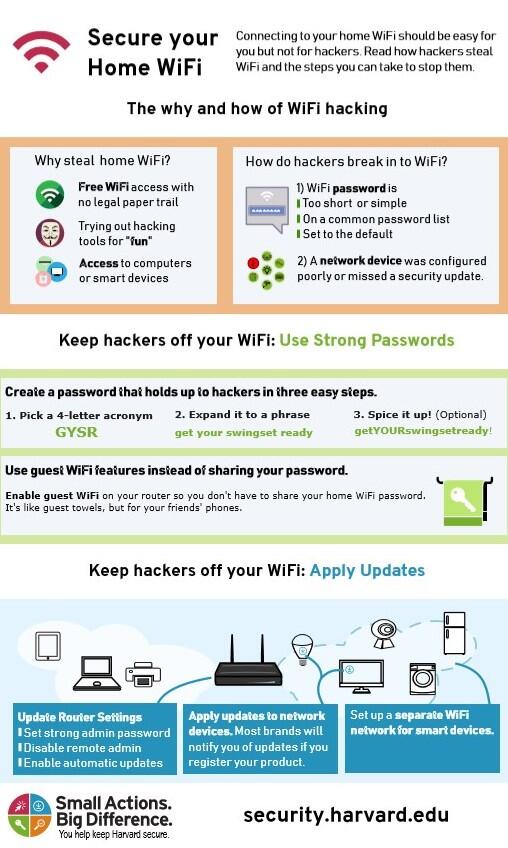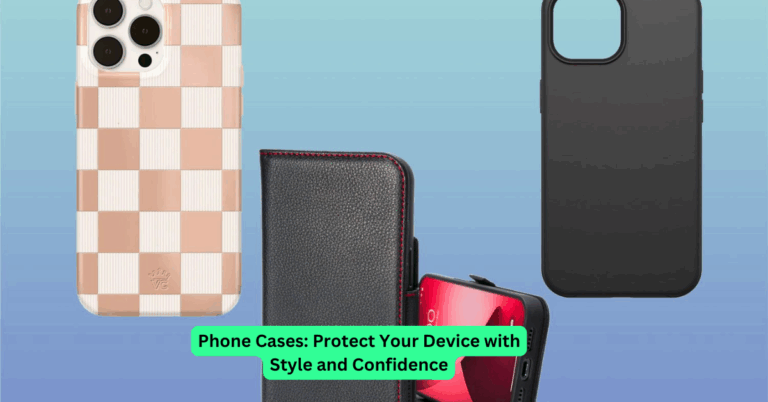How to Patent New Technology Inventions: Protecting Innovation in the Digital Age
In today’s hyper-competitive tech landscape, a new invention can quickly become the foundation of a business or be lost to competitors without proper protection. That’s where patents come in. A patent gives inventors the exclusive right to control how their innovation is used, sold, or licensed. But figuring out how to patent new technology inventions can be a complex process, especially for first-time innovators. Whether you’re building AI tools, smart devices, software solutions, or engineering breakthroughs, this guide walks you through what matters most getting your idea protected before it’s too late.
Is Your Invention Patentable? Here’s How to Find Out
Not all great ideas can be patented. To qualify, your invention must be novel, useful, and non-obvious. That means it must be something the world hasn’t seen before, solve a real problem, and not be an obvious tweak of existing technology. For software and tech-based inventions, your patent must describe a specific technical improvement not just an abstract idea or algorithm. Before going any further, conduct a detailed patent search to see if similar inventions already exist. Many inventors use professional patent attorneys or databases like Google Patents and USPTO for this step.
Turning Concepts into Claims: Preparing a Strong Application
Once you’ve confirmed your invention is patentable, the next step is preparing your patent application. This document includes a detailed description of how your technology works, how it’s different from prior art, and what exactly you’re claiming rights to. Precision is key here too vague, and your application may be rejected; too narrow, and others may work around it. For tech inventions, drawings, flowcharts, and technical specifications help strengthen the application. Most inventors work with a patent attorney at this stage to ensure that all potential variations and use cases are covered within the claims.
Choosing Between Provisional and Non-Provisional Patents
Timing matters in the patent world. A provisional patent lets you establish an early filing date and mark your invention as “patent pending.” It’s easier and more affordable than a full patent application but only lasts for 12 months. During that time, you can test, pitch, or improve your invention while preparing your full (non-provisional) application. Filing a non-provisional patent is what actually starts the official examination process and can lead to your invention being granted full legal protection for up to 20 years. For most tech innovators, starting with a provisional patent provides a strategic edge while refining their solution.
Navigating the Patent Review Process and Avoiding Rejection
After you submit your non-provisional patent, the real waiting begins. A patent examiner will review your application, compare it to existing patents, and determine whether your claims meet legal standards. Expect questions, objections, and “office actions” that require revisions or clarification. This part of the process can take months or even years. Responding thoroughly and promptly to the examiner’s feedback improves your chances of approval. During this phase, having an experienced patent attorney can significantly increase the likelihood of success and help avoid unnecessary delays.
Global Protection: Should You Patent Internationally?
If your technology has the potential to go global, protecting it beyond your home country might be a smart move. However, there’s no such thing as a “worldwide patent.” You’ll need to apply in each country or region where you want protection. Thankfully, treaties like the Patent Cooperation Treaty (PCT) allow you to file a single international application and delay decisions about which countries to pursue. While international filing can be expensive, it’s often worthwhile for inventions with wide commercial appeal. Be strategic protect in markets where enforcement and commercialization make business sense.
FAQs
Can I patent software or algorithms?
Yes, but only if the software solves a technical problem in a novel way. Abstract ideas or mathematical formulas alone are not patentable.
Do I need a lawyer to file a patent?
While it’s possible to file on your own, patent law is complex especially for tech inventions. A qualified attorney improves your chances of approval and stronger protection.
How long does it take to get a patent?
The full process can take anywhere from 1 to 3 years, depending on the complexity of the invention and the examiner’s review process.
What happens if someone copies my idea before I file?
If you haven’t filed at all, you may lose the right to patent it. Early filing is critical, especially in “first to file” systems like the U.S.




